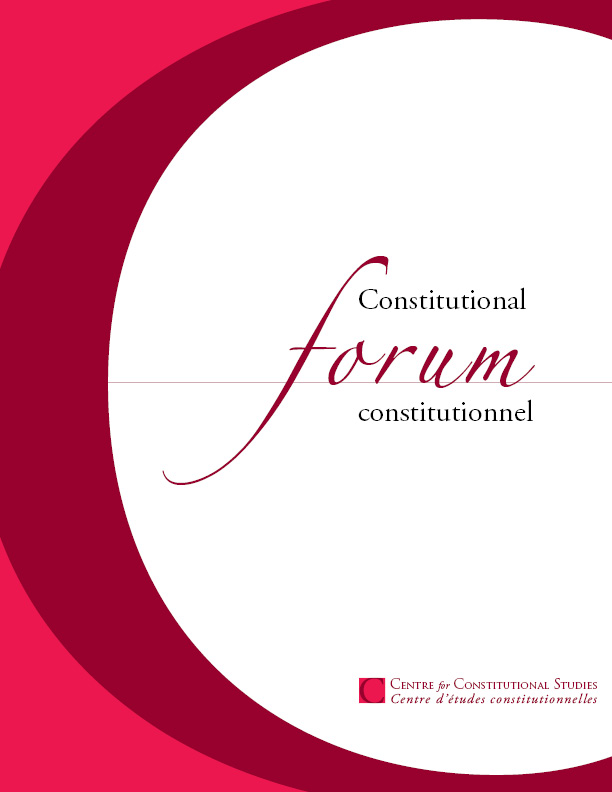The Incremental Evolution of National Receivership Law and the Elusive Search for Federal Purpose
DOI:
https://doi.org/10.21991/C94H4WAbstract
There was a period when provincial legislation that trespassed too deeply into the federal field of bankruptcy and insolvency law was likely to be declared to be ultra vires as an invasion of the exclusive federal power in relation to that field. The five-to-four split in the 1978 Supreme Court of Canada decision in Robinson v Countrywide Factors Ltd was very much a turning point. Thereafter, the constitutionality of provincial legislation was almost invariably determined through the application of the paramountcy principle. Pursuant to this principle, a provincial statute is rendered inoperative to the extent that it conflicts with the federal statute. The Supreme Court of Canada has created a two-branched test for determining the presence of a conflict. Under the first branch, there is an operational conflict when it is impossible to comply with both the federal and the provincial statute. Under the second branch, there is a conflict when the operation of the provincial statute frustrates the purpose of the federal statute. Either type of conflict will render the provincial statute inoperative...
Downloads
Published
Issue
Section
License
Authors who publish with Constitutional Forum constitutionnel grant the journal the right of first publication, and agree to license the work under an Attribution-NonCommercial-NoDerivs (CC BY-NC-ND) that allows others to share the work for non-commercial purposes, with an acknowledgement of the work's authorship and initial publication in this journal, as long as no changes are made to the original work. Please use this format to attribute this work to Constitutional Forum constitutionnel:
"First published as: Title of Article, Contributor, Constitutional Forum constitutionnel Volume/Issue, Copyright © [year], Publisher"





